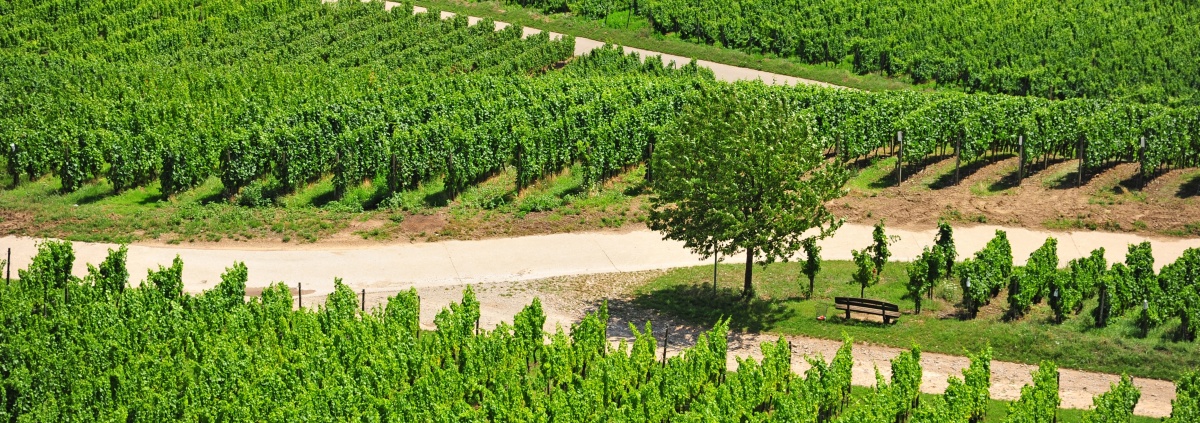Foreign investors in the French vineyard

Exclusive study of VINEA TRANSACTION – 2015
The new study by Vinea Transaction is the first to reveal the reality of foreign investments in the French vineyard.
The study covers 80% of the French vineyard, or 600,000 hectares for a total area estimated at 750,000 hectares. The atypical vineyards of Champagne and Alsace, those intended for strong spirits (Cognac, Armagnac) and micro-vineyards (Corsica, Savoie, Jura) were not included in the study. </ p >
Foreign investors hold 2% of the French vineyard. An attendance rate that one could have imagined higher. The presence rate of foreign investors is marked in Provence and Bordeaux (nearly 5% of surface areas). It is attenuated in Languedoc, in the south of the Rhône Valley and in the southwest (1% of surfaces). The market is closed in Burgundy, Beaujolais and the Loire Valley (0.6 to 0.7% penetration rate). The market is non-existent in the north of the Rhône Valley.
Nationalities
Thirty nationalities have been listed, including seven which represent 87% of acquisitions. With the exception of the Chinese who have only been present in the Bordeaux vineyards for five years, the market is traditional, significantly dominated by the British and then by French-speaking, Belgian and Swiss border residents. Germans and Dutch complete the hard core of investors, to which we can add the Americans.
History of acquisitions
Chronologically, the great Southwest, from Bordeaux to Midi-Pyrénées, was the first region courted by foreign buyers. Provence and the Loire Valley followed. The arrival of foreign investors came later in Languedoc-Roussillon, the Rhône Valley and Burgundy-Beaujolais. All regions have recorded a slowdown in investments since 2010, with a real halt over the last two years with the exception of the Bordeaux region, driven by Asian investments.
The size of the domains
The average investment relates to properties with 25 hectares of vines, a relatively large area. Provence carries large-scale projects (31 hectares on average). The Rhône Valley, Languedoc-Roussillon and Bordelais offer average wine-growing areas between 25 and 27 hectares. In the Loire Valley and Burgundy-Beaujolais, operations are focused on projects of smaller sizes (16 hectares).
& nbsp;
